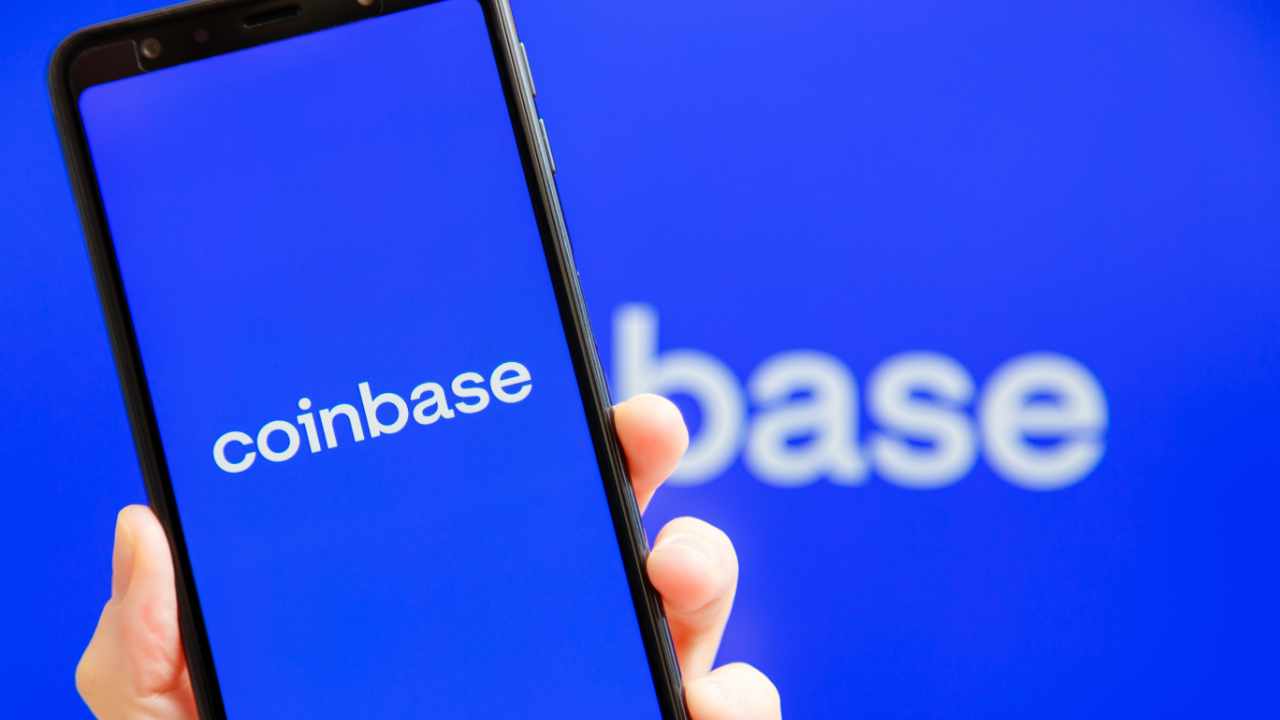
Analysts fear NEXO price could come under pressure if regulatory action in the United States begins to intensify.
Crypto lending firm Nexo is at risk of losing half of the valuation of its native token by the end of 2022 as doubts about its potential insolvency grow in the market.
Is Nexo too centralized?
For the unversed: Eight U.S. states filed a cease-and-desist order against Nexo on Sep. 26, alleging that the firm offers unregistered securities to investors without alerting them about the risks of the financial products.
In particular, regulators in Kentucky accused Nexo of being insolvent, noting that without its namesake native token, NEXO, the firm’s “liabilities would exceed its assets.” As of July 31, Nexo had 959,089,286 NEXO in its reserves — 95.9% of all tokens in existence.
“This is a big, big, big problem because a very basic market analysis demonstrates that Nexo would be unable to monetize a significant chunk of these tokens,” noted Mike Burgersburg, an independent market analyst and author of the Dirty Bubble Media Substack, adding:
“Given that fact, the true value of the $NEXO tokens on Nexo’s balance sheet is likely close to $0.”
NEW: “IS NEXO NEXTO?”
— dirtybubble.usd (@MikeBurgersburg) September 28, 2022
According to state regulators, Nexo is insolvent without counting $NEXO tokens on their balance sheet.
This is the same situation Celsius Network was in… and basic market analysis suggests real value of their $NEXO is ~$0 https://t.co/txt1kOSydH
Comparisons with Celsius
Burgersburg also alleged that Nexo faces insolvency risks because it holds the vast majority of NEXO’s token supply on its platform. He drew comparisons to Celsius Network, a now-defunct crypto lending firm that owned more than 50% of its native token, CEL.

Celsius ended up holding over 90% of the total CEL tokens in circulation after attracting deposits and collateral from customers. This made CEL extremely illiquid and, thus, volatile. In other words, CEL became a deeply imperfect asset for patching Celsius’ troubling balance sheets.
“NEXO token is even more illiquid than the bankrupt Celsius Network’s CEL token,” warned Burgersburg, noting that the token’s average daily trading volume comes to less than 1% of its market capitalization.
However, a Nexo spokesperson denied the allegations, clarifying that the data they provided to Kentucky regulators was for one of the Nexo Group’s entities.
“We can confirm that on a consolidated basis, NEXO tokens represent less than 10% of the company’s total assets,” they told Cointelegraph, adding:
“That, in return, exceeds the company liabilities even when excluding the company’s net position in NEXO tokens.”
As to why Nexo holds more than 90% of the NEXO supply, the firm’s spokesperson cited the token’s economics and utility, saying that they create natural incentives for clients to keep their tokens on the platform.
“In addition to earning higher interest rates on their digital asset balances by holding NEXO tokens on the Nexo platform, clients can use NEXO tokens as collateral, earn interest on them and exchange them directly on the Nexo platform,” they explained, adding:
“The same is true for the tokenomics of companies with similar value propositions such as FTT, BNB and CRO, held predominantly on FTX, Binance and Crypto.com, respectively.”
NEXO price could get rocky
The fear, uncertainty and doubt surrounding the rumors of market volatility or stringent regulation against crypto lending platforms could create negative investment sentiments toward NEXO. Unfortunately, the token’s technical setup suggests the same.
Related: Nexo acquires stake in US chartered bank
Notably, NEXO’s price has been forming what appears to be an ascending triangle on its longer-timeframe charts since June 12. Ascending triangles are considered bearish continuation patterns in a downtrend, which makes NEXO susceptible to extreme price declines.
By the rule of technical analysis, an ascending triangle resolves after the price breaks below its lower trendline and continues falling in the same direction until it reaches the level that is at length equal to the triangle’s maximum height.
This setup is illustrated in the chart below.

In the event that the pattern confirms, the price of NEXO could fall toward $0.47, down about 50% from its current price.
The views and opinions expressed here are solely those of the author and do not necessarily reflect the views of Cointelegraph.com. Every investment and trading move involves risk, you should conduct your own research when making a decision.















